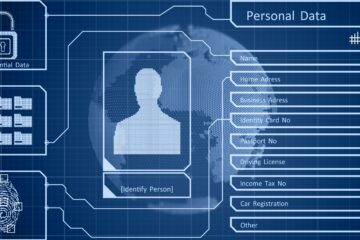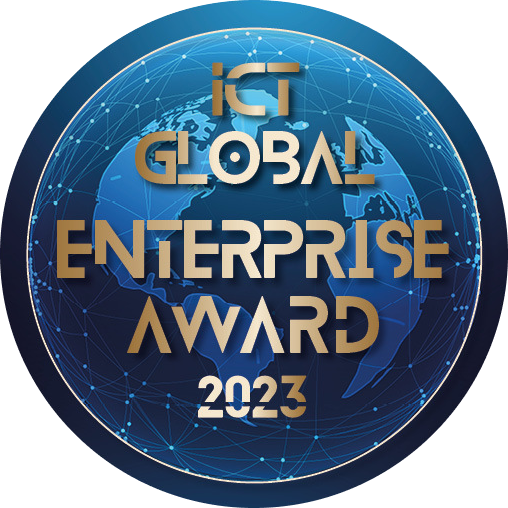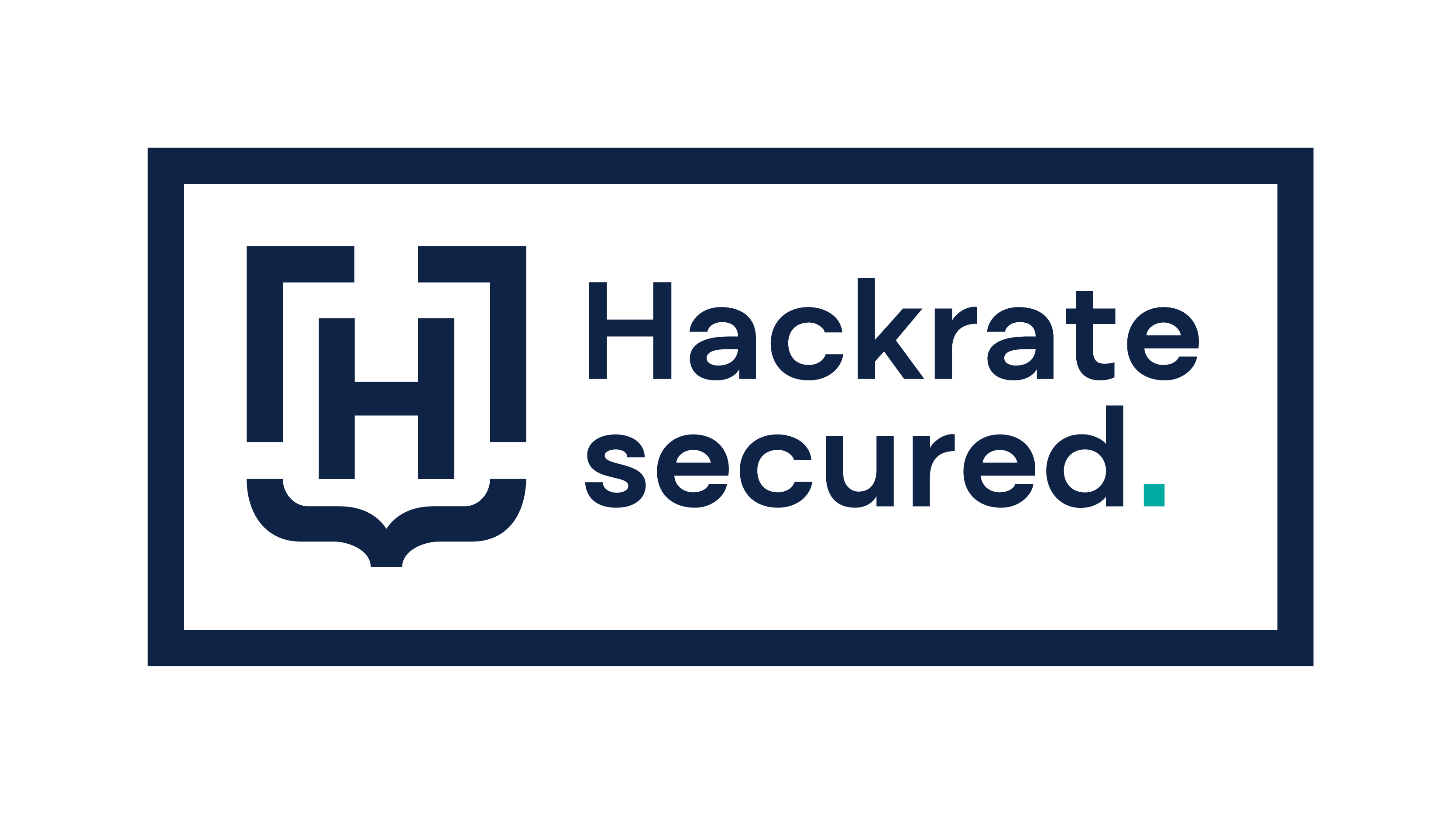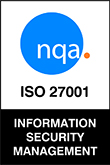Access risk management can make or break your business. If you want to make it right, simply follow our guidelines. Cyber security for SMEs comes with many challenges, but if you know how to manage access rights, that’s already a huge step forward. We’ll answer the 11 most important questions related to access control to help you get it right: maximize safety, minimize human error, and boost your productivity at the same time.
Let’s get started.
What is an access risk?
It’s an employee, ex-employee or any third-party such as a partner, supplier or vendor who has access to more confidential information than needed. This makes them a valuable target for cyber criminals because attackers can get access to your business’ critical assets through them. Minimize privileged access rights to minimize access risk which reduces your attack surface.
What is access control?
Access control or access risk management is the act of assigning and revoking access rights and detecting and solving access risk issues. It is usually performed manually by the IT department, and often for SMBs, there are no specific guidelines on how to do it.
That’s why we compiled a checklist on the seven sins of access control to help small businesses raise awareness to the importance of proper access risk management.
Why is access risk management important?
Access risk management has the potential to significantly minimize your attack surface. When implemented correctly, it helps prevent or at least mitigate the effects of cyber-attacks.
For example, imagine that a phishing attack occurs at your company. Phishing is one of the main culprits in data theft, and 90% of spear phishing emails are targeted at employees. If the employee lacks the proper knowledge and cyber security awareness, he may fall for the scam and click on the link or provide his credentials as requested in the phishing email.
If his access rights are reduced to the minimum that’s needed, then the attacker can’t use his credentials to get valuable business information.
Access risk management acts as an important line of defense to minimize your attack surface and fortify your inner circle of data and confidential business information. It is crucial in preserving your business’s integrity in the face of adversity.
Are there any best practices for access risk management?
Yes.
We’ll share the two most commonly used ones:
Segregation of duties (SoD), also known as separation of duties, is the administrative control used by organizations to prevent fraud, data theft, and misuse of information. It relies on the concept of dividing the most critical and confidential tasks into separate steps and assigning them to more than one colleague, therefore, nobody has unlimited access rights to confidential resources within the organization’s ecosystem.
Principle of least privilege or (PoLP) refers to the cyber security practice where a user is given the minimum levels of access needed to perform his/her job functions. In the case of a cyber-attack, criminals can’t use an employees’ or third-party’s access rights to penetrate your system.
Are these best practices enough?
No. Both have their limitations, and they require on-the-fly adaptation.
Segregation of duties can negatively impact business efficiency, so SoD is usually applied only to the most vulnerable elements of the business.
The best practice of least privilege principle is subject to privilege creep. In order to perform certain tasks, privileges (access rights) are often granted and then they are rarely supervised or revoked. Over time, this “privilege creep” reopens the security loophole associated with excessive access rights and makes organizations more vulnerable to cyber security threats.
Human error persists and that’s why companies need to look beyond best practices. Cyber security awareness training is a must, and it should involve all employees.
Check your current security status:
Awareness alone is not enough. Knowing and doing is what makes a strong defense. You need system-wide transparency in your access rights, clear life-cycle management rules, and constant risk detection so your IT department can act quickly and effectively.
Yeah, we know that it’s just beyond human capacity… That’s why there are smart alternatives.
What’s the key to access risk management?
In one word: Automation.
Automation has two unrivaled advantages when compared to manual access risk management.
First, it minimizes human error to maximize defense. It’s key to a secure business as 95% of cyber-attacks can be traced back to human error.
Second, automated tasks assure business continuity and productivity. It allows for a faster reaction time in case an access risk is detected and removes the burden of manual intervention from the already overwhelmed IT and HR departments.
How does automated access control work?
Automated access risk management is all about the cycle. It watches over your company 24/7 and provides transparency through reports, automated alerts, and notifications.
Automated control provides visibility and vigilance for your business. These two principles are key to a strong defense, and we designed our software, TheFence, to make this automated process effortless and effective through:
- Automated risk detection: Identify potential risk factors without relying on manual tasks or time-consuming training. This minimizes human error which is the most common cause of business data leakage.
- Automated notifications and alerts: Reaction time is crucial. It can make the difference between an access risk and a cyber-attack. Automated alerts help you address potential access risk issues as soon as possible.
- Maximize transparency in your company: TheFence sends notifications and alerts directly to your company’s communication channels so there’s maximum awareness. Nothing blocks the flow of information. Always stay up-to-date and get a detailed overview of your employees’ security status.
- Pass any security audit: Auditors can cause constant headaches, especially if you work in an industry which requires IT security standard compliance. Be prepared instead of scared.
Why is it top priority to automate access control?
Automated control is an important milestone in building a strong cyber resilience strategy. Furthermore, it is effective and effortless; a quick win that provides visible results – a good reason why it should be top priority.
Think of your business as your house that needs protection from burglars (in this case cyber criminals).
What would you do first? Would you invest in a complex surveillance system with cameras, dogs, and security personnel? Or would you first check the doors and windows to see if they’re closed and properly locked?
Automated access control is about closing these doors and windows to open up a more secure and cyber resilient future for your business. This is the real importance of cyber security tools that can leverage automation They give you a solid foundation to build stronger defense.
If you’re interested in other cyber security quick wins for SMBs, download our checklist:
What about license usage?
Licenses can be quite expensive, especially if your employees don’t use them. Licenses are often left unassigned, or they become inactive if the IT department doesn’t revoke them from departing employees or third-party members. Many SMBs don’t have a documented set of rules for license management which can cause unnecessary money drain. According to research, approximately a third of business software budgets are spent on unused licenses. 56% of Microsoft Office 365 licenses are inactive or unassigned.
Consequently, license usage monitoring can save your company a significant amount of money. That’s why our access rights management software supplies an automated license cost monitoring feature.
So, you say we can also save money together?
Absolutely. Check how much you can save with us.
License cost savings calculator
What’s next?
Enough theory, let’s put what you’ve learned into practice. Get hands-on experience of access rights management and license cost saving and try the demo version TheFence for free!
Explore our system, get the insights to empower your workforce and defend what’s yours!














